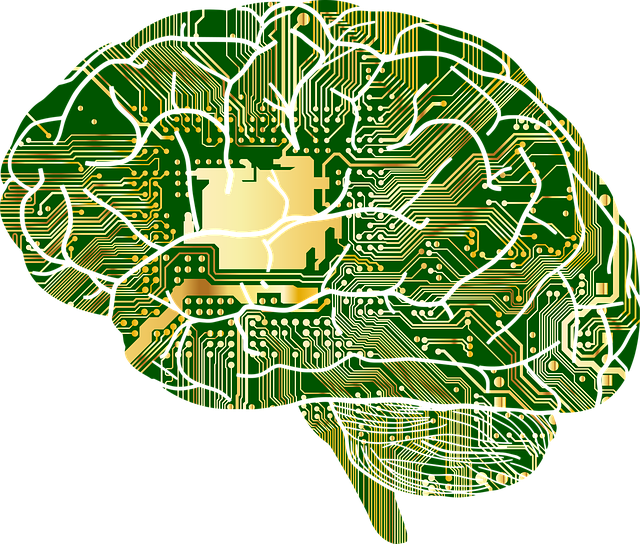Neuromorphic Chips: An Alternative to Traditional Computer Chips

Intel’s Pentium Microprocessor is considered as one of the best chip due to its superscalar architecture and other in-built functionalities. At present, a chip or an IC may contain around 10 millions of electronic components performing various logical operations for complex systems. Similarly, when it comes to a modern computer, larger amount of data requires a sequential analyzing and accurate processing. A computer consists of two types of chips namely CPU chip or microprocessor and a memory chip. A chip or an IC plays an important role in defining the whole process successfully. ICs have seen a considerable growth, which has now resulted in the formation of VLSI technology. Even though VLSI is a next gen technology countering various complex tasks, the benchmark created by Neuromorphic chips are beyond reach for any of the other emerging technologies.
What are Neuromorphic Chips?
Most of the computer architectures are not event-driven, but are synchronous, well–defined, and are performing in accordance to the set program. Also real-time simulation is a delusion in computer architecture, whereas, it is a possible task for Neuromorphic chip. Brain is the most complex part of a human body, where numerous intricate actions are performed precisely without any pre-defined program.
Parallel computations, unparalleled scalability, energy efficiency are some of the foundational elements in the development of Neuromorphic chips. These chips are designed in such a way that they mimic most of the functional features of a human brain. Replicating the actions of brain is not a rudimentary task since it needs a precise and well-defined approach.
Process Involved in Developing Neuromorphic Chips
Now is the era, where people are trying to induce moral qualities into the robots, so why not the other way round. Neuromorphic Chips are the new stepping stone in the enhancement of Artificial Intelligence technology. Based on the structure of neurons, Neuromorphic chips are developed to accurately respond to the sensory inputs, which can be visual, audio or both. To be more precise, Neuromorphic chips are capable of solving cognitive tasks. Built through micro and nano-scale transistors, the chip can easily perform the tasks as similar to brain.
One of the best examples which will exemplify the successful implementation is, the Neuromorphic chips are used to combat blindness. To be more discreet, these chips are being used in tandem with retinal implant technology to provide partial vision to the concerned person. Analog and digital Neuromorphic chips are also available, where analog chips are considered closer to that of the biological functioning of brain. The drawbacks found in analog chips are overcome through the development of digital chips. Also, Spiky chip is one such creation which is developed through the combination of both analog and digital Neuromorphic chips.
The Bottom Line
Neuromorphic chip technology is not restricted to a single domain, but can be implemented across various domains. Neuromorphic chip is one such example to show that technology is truly growing at a rapid phase. Computing power of Neuromorphic chip is crossing the threshold level created by conventional computer chip by many folds. With these developments, there is a possibility that there will be no face-off between the brain and computer in near future.



 +91 8277203000
+91 8277203000
